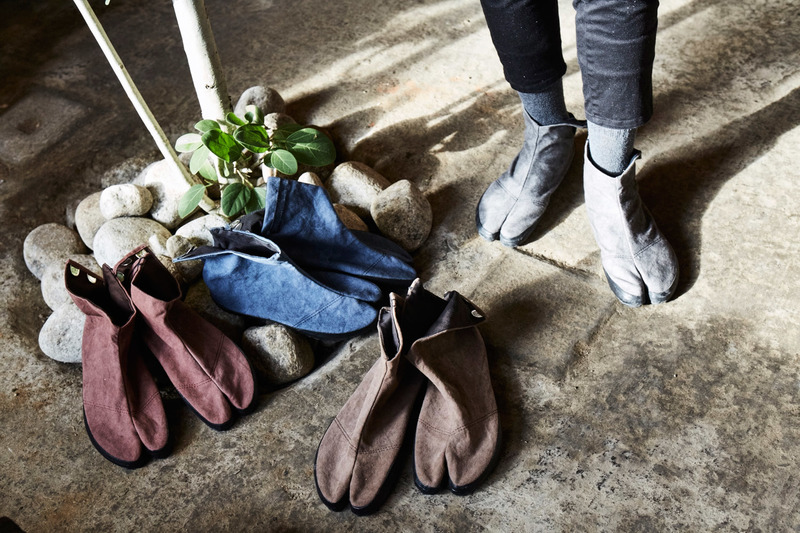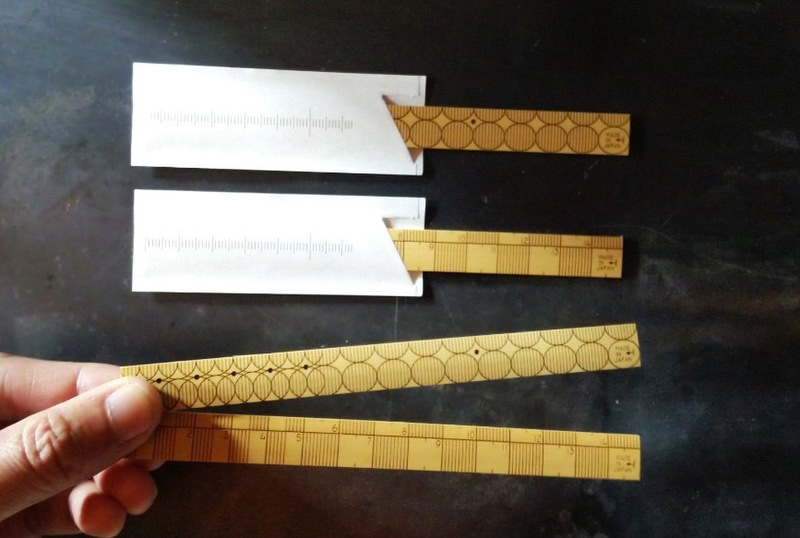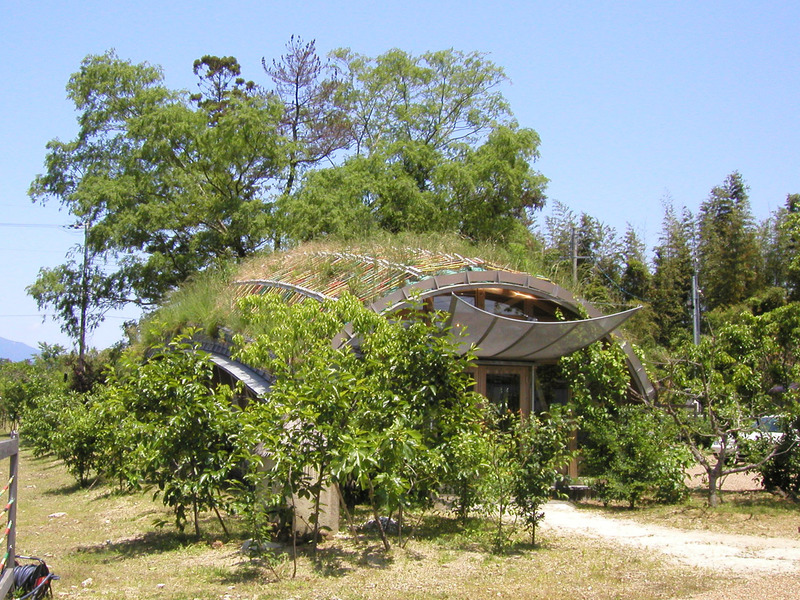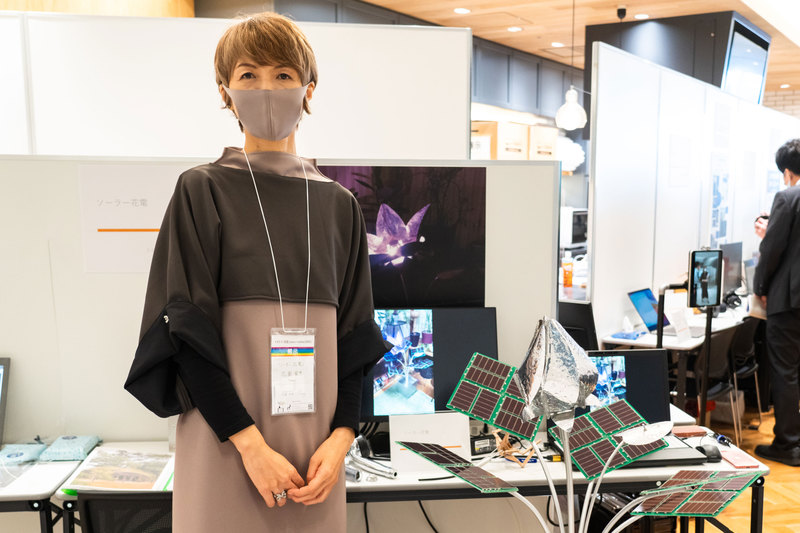Interviews

Living Room Bloom: The Solar Powered Flower Lights Up Living Spaces (Part 3)
Sonoe Hanazono
A deep exploration into the creator of the Solar Powered Flower, 'Hikaruka'
Interviewer & Japanese Writer: Yamamoto Takaya; Translation & Editing: Matthew Cherry
Development on the Solar Powered Flower Hikaruka had progressed thanks in part to the support received from the 2020 INNO-vation Program’s Disruptive Challenge. But it wasn’t the only product that creator Sonoe Hanazono had been working on. She was already underway creating a variety of items born from small ideas.
(Click here to read Part 1)
Hanazono works alongside her friend, also an architect, in 11 deg. design, a designer’s unit responsible for bringing a plethora of unique works of art to life. The name is derived from the kanji for earth (土). When this character is split into two, you’re left with the characters for 10 (十) and one (一), thus making eleven. The concept is also based on using local resources to create new and exciting things. Canvas fabric from Okayama is woven together to create sturdy jika-tabi, a kind of outdoor footwear often used in construction or fieldwork. Bamboo from Kyushu is collected to make rulers. Plywood made from the same bamboo is used to make bags. Architectural creations like these are the norm in this designer’s unit.

Jika-tabi shoes dyed with red iron oxide, made from baking soil in the sun.

These Japanese rulers are made from Kyushu bamboo and sport the traditional checkered and shippō patterns.
Even before the formation of 11 deg. design, Hanazono already worked on a number of projects that embodied a strong sense of local community, coexistence, and workshops. Perhaps the most well-known of these is The Flying Caterpillar, a building constructed from reeds and basket clam shells collected from Lake Biwa. The building was erected by general participants recruited from an online posting. It was this project that led to the founding of 11 deg. design.

The Flying Caterpillar, a building made from ingredients gathered at Lake Biwa
Currently, she is working on creating her own clothing brand T-PEACE, which captures the concept of covering the human body using as little space as possible. One day while she was working on the brand, she had an epiphany. Much like her Solar Powered Flower Hikaruka, solar panels could potentially be attached to the fabric itself, charging energy during the day and glowing up at night. “This is assuming that solar panels will eventually become small and thin enough to attach to clothing, but I’m thinking of making clothes that will essentially turn the person wearing them into a flower,” Hanazono explained about her future plans.
At the base of all her work lies one simple concept: move your hands.
“Once you get your hands moving you can create, right? If you just keep it in your head, it’ll never come to fruition. I particularly like to build on-site. Of course, I draw up some schematics in advance, but I’ve always been one to invite people out to the project to get our hands working together. Even if you think it can’t be done, once you get your hands moving you can create. That’s the wonderful thing about architecture,” Hanazono said.
Hanazono also gave a message for those thinking about applying to the INNO-vation Program.
“I think there are a lot of people out there with great ideas, but it would be such a waste to keep those great ideas in their heads. If you’ve got something thought up, try bringing it out. The INNO-vation Program is your chance to seize upon that opportunity. If it’s something you really want to do, something you really want to materialize, don’t just leave it sitting there in your mind and try applying for the program.”
First, bring your idea out of your head and into the open. Having made a variety of products herself, Hanazono believes these words of advice may just serve as the first step toward creation.

Sonoe Hanazono presented her Solar Powered Flower Hikaruka at OPEN INNO-vation 2021 while wearing her own clothing brand T-PEACE.
Sonoe Hanazono's Profile

